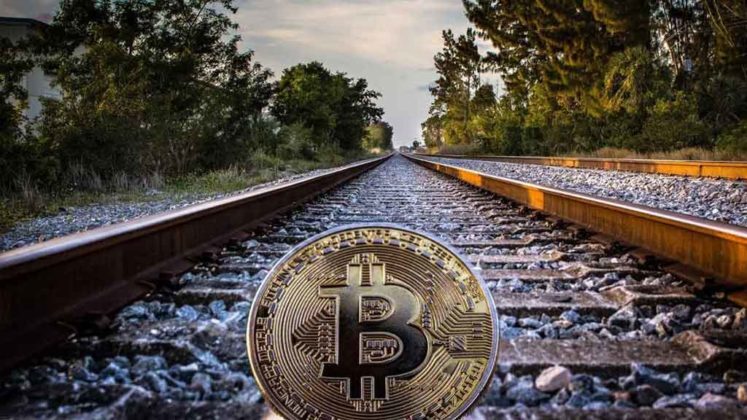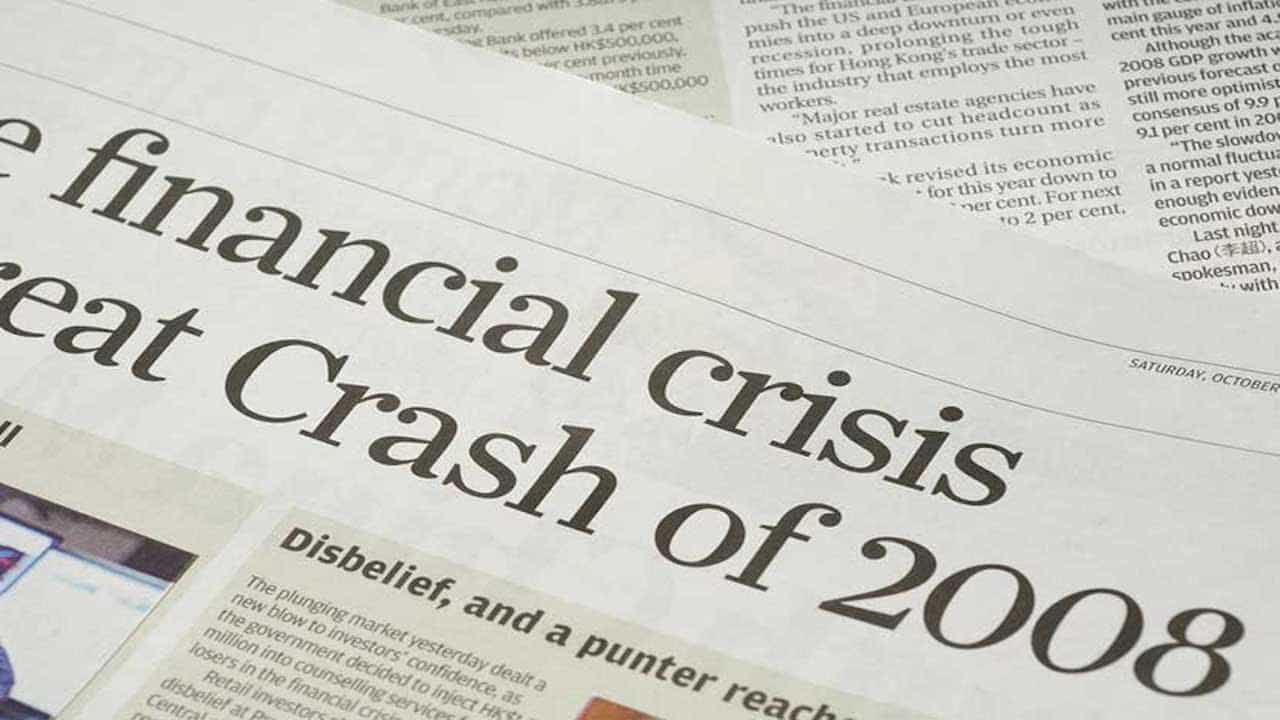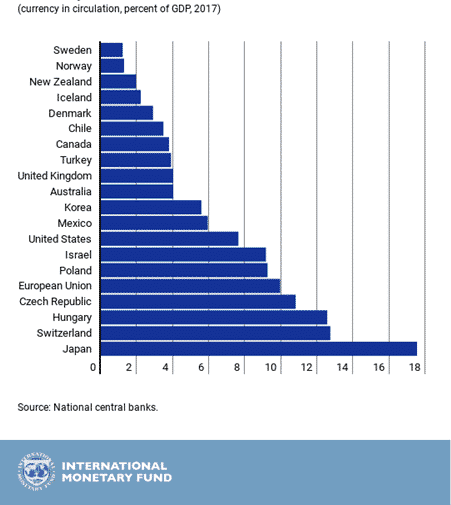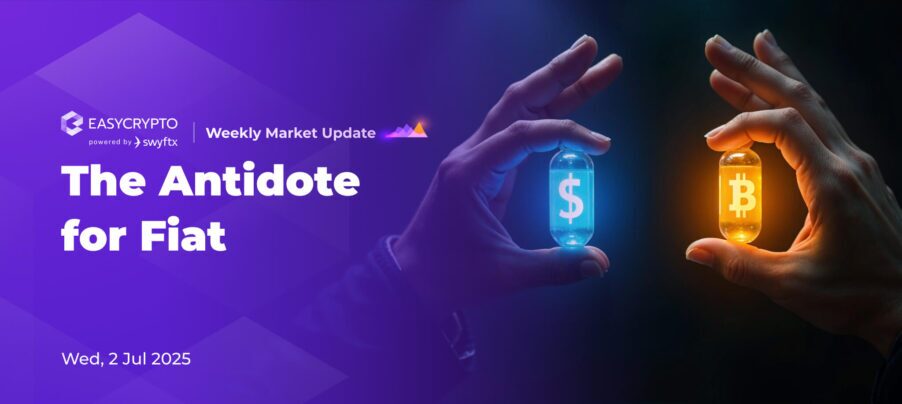Quantitative Easing & Why Buying Bitcoin Is Important for Kiwis
Quantitative Easing seems to be floating around the news lately. Friends and family members have been asking me “What is quantitative easing?”. And It seems like Quantitative Easing is money printing but at the same time, not quite exactly. Tony Alexander, the ex BNZ economic chief, in his weekly newsletter, explains that Quantitative Easing is performed when our government runs.


Quantitative Easing seems to be floating around the news lately. Friends and family members have been asking me “What is quantitative easing?”. And It seems like Quantitative Easing is money printing but at the same time, not quite exactly.
Tony Alexander, the ex BNZ economic chief, in his weekly newsletter, explains that Quantitative Easing is performed when our government runs a deficit by selling bonds to investors. For example, for 1 million dollars of a deficit, the government sells 1 million dollars of bonds.
Say you have some cash stashed away in the bank and were planning on buying a government issued bond. But before you could buy this, the Reserve Bank bought it instead (either through the market or through the Treasury).
Now, within the market, there is $1 million dollar deficit, issued as the $1 million bond. And this bond is used to fund current wage subsidies, business loans and benefits. The money you had initially planned to invest in bonds, still sits in your bank account. So, what will you do with this cash?
You may spend the money at the shops, leave it in your bank, or even buy shares or property. In essence, the ‘printed money’ is your bank deposit! The Reserve Bank simply ‘snatched away’ these bonds you were going to buy by pushing interest rates to go lower.
With your savings deposit sitting in the bank, your bank lends out this money, allowing those who want to borrow to buy a house, or even a new car. And so on … this money circulates.
The Reserve bank currently has a plan to dedicate $60 billion for its Quantitative Easing programme. Figuratively, with more cash pumping into the economy, the value of each dollar dilutes. At the same time, with more cash circulated, it gives the illusion that one is slightly wealthier. You and those around you are therefore encouraged to spend, knowingly or unknowingly. However, where this spent money ends up is a separate topic worthy of discussion.
Brian Easton, the economic columnist for the Listener from 1978 to 2014, cautioned that any fiscal deficit by our government is matched by a private asset outside this government. If those holding onto these government-generated liquid assets (i.e. money) dispose of what they own, it may pool up in a particular private sector.
The effect of the latter is often not spoken about by our central bank openly, because arguably, it is politically incorrect. In the United States, for example, their Federal Reserve bank had expressed the intent of pushing property prices up when they engaged in Quantitative Easing after the last Global Financial Crisis — this was exactly what had happened. And this will happen here as well.

Quantitative Easing and Negative Interest Rates
From before the last GFC in 2007 till now, our wages’ purchasing power has declined 31.9%. For the same dollar you earn, you can now buy less. Have a play with the Reserve Bank’s inflation calculator, the findings may shock some of you. More importantly, the Reserve Bank did not even resort to Quantitative Easing in the last crisis.
Our Reserve bank went from dedicating $30 billion to $33 billion, and now $60 billion.
Some economists, such as ANZ Chief economist Sharon Zollner, forecasted possible future splurge; possibly even increasing this sum up to $90 billion by August 2020. I find it hard to make sense of these numbers.
Some have calculated that if one were to lay $100 notes side by side, then $60 billion will form a money-line that can go around the earth twice! But Quantitative Easing is not the only buzz word. It seems like our Reserve Bank is also entertaining the idea of a negative official cash rate.
Reserve Bank Governor Adrian Orr has explicitly stated that he thinks a negative official cash rate would be more effective at boosting the economy.
A negative interest rate means that savers are charged a tax for their cash holdings, and this may put some people off saving and spend their money instead. The move to a negative interest rate could, therefore, encourage spending within our economy; theoretically speaking. But will this be the case? We’ve never implemented this before.
What we’ve learned from countries who adopted negative interest rates is that almost certainly, those countries stick with low interest rates over long periods.
A more pragmatic reason why New Zealand would go negative interest rates is due to the costs associated with supplying cash. In June last year, the Reserve bank published a paper examining the future of money in New Zealand. While they are currently undertaking an analysis to estimate the costs of cash infrastructure in New Zealand, an independent review in the United Kingdom found that its provision of cash infrastructure cost them about £5 billion annually.
In short, the cost of supplying cash does not come cheap.

New Zealand finds three broad costs associated with its supply of cash:
- Fixed and variable expenses associated with the provision and operation of cash infrastructure. These include the ongoing costs of accepting, transporting and processing cash. For example, your ATM, armoured vehicles and security system.
- To secure cash or to mitigate the risks of physically storing cash. For example, the risk of having robberies at retailers and banks
- Anti-money laundering compliance where banks or deposit takers need to know their clients’ details to ensure that the money received was not obtained from illegal activities.
An International Monetary Fund study suggested that a feasible option to adopt negative interest rates was to go cashless, and this is because “in a cashless world, there would be no lower bound on interest rates”.
Compared to other countries, New Zealand is slowly inching closer to a cashless society. Think about when was the last time you made a transaction in cash. For millennials, or those younger; have a look in your wallet. Do you even hold cash?

Why buying Bitcoin is important for Kiwis
Many Kiwis are already accustomed to a life without transacting in cash.
During level 4 lockdown, we have further reduced making transactions in cash. In the same period, the Reserve Bank has advertised for a position titled ‘Head of Money and Cash’, whose predominant task is to focus “on the future of money”.
Unsurprisingly, this new role will be a digital currency specialist. But will New Zealand adopt a digital currency? Or could there be more?
With all these uncertainties and questions, Bitcoin is more relevant than ever. After all, if we are entertaining the idea of adopting a digital currency, then surely, we must look to some sort of ‘digital gold’; a reserve currency which other digital currencies are pegged. The dominance of Bitcoin amongst cryptocurrencies is widely acknowledged; allowing it to claim the recognition of digital gold.
Wait, can’t we just buy gold instead?
While gold has a long-standing reputation as a store of value, some would argue that the potential returns of Bitcoin are more promising. Raoul Pal, a former hedge fund manager at GLG partners who later founded Global Macro Investor, wrote in a report to his audience estimating the value of gold to increase by three to five times in the next five years. However, he foresees the value of Bitcoin to ten-fold in the same period.
Over the last months, several institutional investors are actively opting to include Bitcoins in their portfolios. A survey by Fidelity Investments found that 36% of institutional investors across the U.S and Europe said they own cryptocurrencies or derivatives. They found that over a quarter of these investors hold Bitcoin in their portfolio.
Billionaire hedge fund manager, Paul Tudor Jones, was one of the more prominent figures who recently added Bitcoin to his portfolio.
All of the discussion thus far leads to the question “Why buy Bitcoin?”.
While Bitcoin and other cryptocurrencies bring new ways of financial practice through its technological advancements, what attracted me most to Bitcoin was its fixed supply. Unlike New Zealand dollars, where more can be printed, there will only ever be 21 million Bitcoins circulating; making Bitcoin one of the rarest assets in our modern world.
Think about it this way; there are currently 46.8 million millionaires as of 2019, yet there is not enough Bitcoin for each of them to own one full Bitcoin.Bitcoin’s fixed supply means Bitcoin is a ‘Quantitative Hardening’ asset, an opposite to all this money printing we are facing.
Although there is short term volatility in the price of Bitcoin, the undeniable fact is that Bitcoin’s value has grown exponentially in the last decade. At its peak in the 2017 bull-market, Bitcoin reached $20,000 USD.
For those of you who had secured some Bitcoins in the last cycle when its price was relatively lower, good on you! But for those of you who have missed, it’s never too late. Bitcoin is only 13 years young.
Tom Lee, the co-founder of Fundstrat Global Advisors, makes a solid case for the inclusion of Bitcoin in your investment strategy by referring to the performance of FAANG (Facebook, Amazon, Apple, Netflix and Google) stock since their public listing. He said:
“70% of their return [since public listing] is explained by the growth of the global internet in that period of time. In other words, it’s a log function of the internet’s growth, and that’s how cryptocurrencies are going to work.”
If you were to spend $1000 USD in these FAANG stocks 20 years ago, these stocks are now worth over a million.
While these companies are innovative and successful, what drove the value of their stock was simply because more people used the internet. A similar analogy can be identified in New Zealand’s housing market; population growth inevitably led to the rise of housing prices.
So, remember the question on whether you or those around you hold or use cash? Think about what this means for the future of Bitcoin and cryptocurrencies?
Now, for those of you who have witnessed the introduction of Visa card, think about it again. What was people’s reaction to visa card or EFTPOS card back then?One of the largest advertisement campaigns for Visa was to “Think of it as money” in the 1970s:

If more people are adopting digital currencies and the mass adoption of digital currencies is seemingly inevitable, then it would not take the wildest imagination to anticipate what Bitcoin’s future value holds.
Share to
Stay curious and informed
Your info will be handled according to our Privacy Policy.
Make sure to follow our Twitter, Instagram, and YouTube channel to stay up-to-date with Easy Crypto!
Also, don’t forget to subscribe to our monthly newsletter to have the latest crypto insights, news, and updates delivered to our inbox.
Disclaimer: Information is current as at the date of publication. This is general information only and is not intended to be advice. Crypto is volatile, carries risk and the value can go up and down. Past performance is not an indicator of future returns. Please do your own research.
Last updated October 18, 2022





